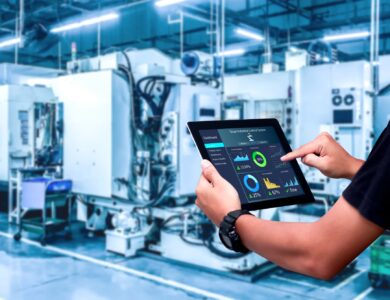Agriculture 4.0: Smart Farming with IoT and Artificial Intelligence
Agriculture 4.0, is reshaping traditional farming practices into smart farming systems that are more efficient, sustainable, and productive.
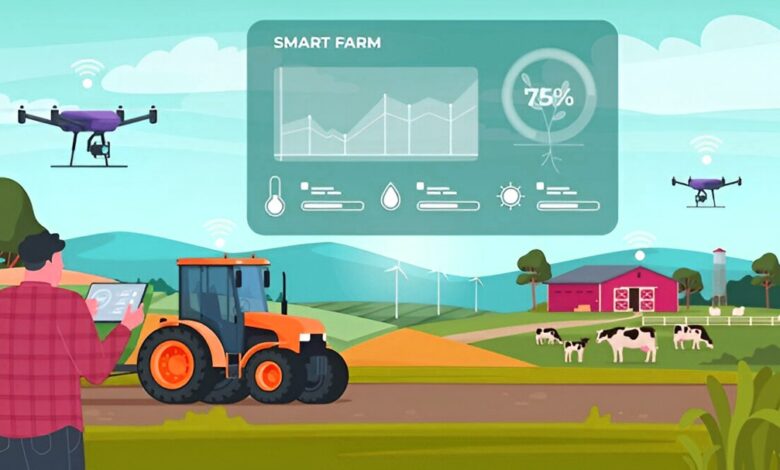
The agricultural sector is undergoing a transformative revolution, driven by the integration of advanced technologies such as the Internet of Things (IoT) and artificial intelligence (AI). This new era, often referred to as Agriculture 4.0, is reshaping traditional farming practices into smart farming systems that are more efficient, sustainable, and productive. By leveraging IoT in agriculture, AI-powered farming, and precision agriculture, farmers can now make data-driven decisions, optimize resource usage, and enhance crop yields. In this article, we will explore the key components of Agriculture 4.0, including smart sensors for agriculture, farm automation, drones in farming, and more.
Table of Contents
What is Agriculture 4.0?
Agriculture 4.0 represents the fourth agricultural revolution, characterized by the adoption of digital technologies to create a connected and intelligent farming ecosystem. Unlike traditional farming methods, which rely heavily on manual labor and guesswork, Agriculture 4.0 emphasizes data-driven farming, where every decision is based on real-time data and analytics. This approach enables farmers to achieve sustainable farming by minimizing waste, reducing environmental impact, and maximizing productivity.
The core technologies driving Agriculture 4.0 include:
- IoT in Agriculture: Connecting farming equipment, sensors, and devices to the internet for seamless data exchange.
- Artificial Intelligence in Farming: Using AI algorithms to analyze data, predict outcomes, and automate processes.
- Precision Agriculture: Applying precise amounts of water, fertilizers, and pesticides based on real-time field conditions.
- AgriTech Innovations: Developing advanced tools and systems to address farming challenges.
The Role of IoT in Agriculture
The Internet of Things (IoT) is a cornerstone of Agriculture 4.0, enabling the creation of wireless farming networks that connect various devices and systems. IoT in agriculture involves the use of smart sensors for agriculture, IoT-enabled agricultural machinery, and smart irrigation systems to collect and transmit data in real time.
Smart Sensors for Agriculture
Smart sensors are deployed across farms to monitor critical parameters such as soil moisture, temperature, humidity, and nutrient levels. These sensors provide farmers with real-time agricultural analytics, allowing them to make informed decisions about irrigation, fertilization, and pest control. For example, soil moisture sensors can trigger smart irrigation systems to water crops only when necessary, reducing water waste and ensuring optimal growing conditions.
IoT-Enabled Agricultural Machinery
Modern farming equipment, such as autonomous tractors and harvesters, is now equipped with IoT technology. These machines can operate with minimal human intervention, thanks to GPS and sensor-based guidance systems. IoT-enabled agricultural machinery not only improves efficiency but also reduces labor costs and minimizes human error.
Smart Irrigation Systems
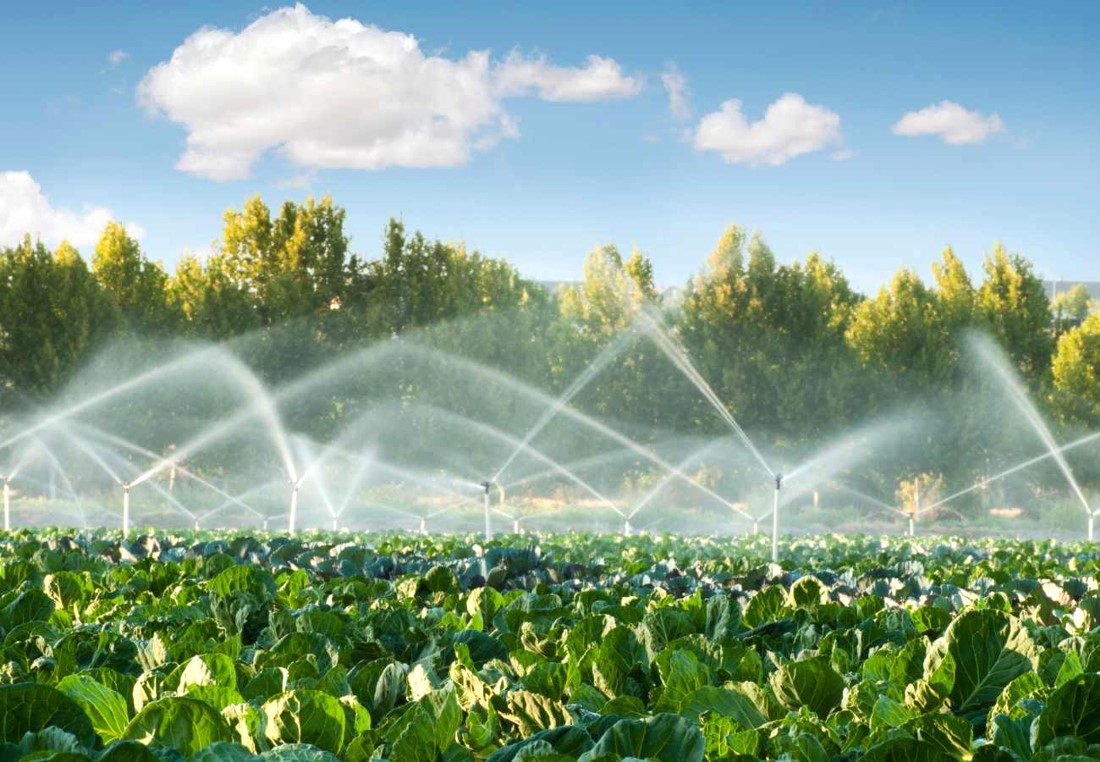
Water scarcity is a significant challenge in agriculture, making smart irrigation systems a game-changer. These systems use data from weather forecasts, soil sensors, and crop requirements to deliver the right amount of water at the right time. By optimizing water usage, farmers can achieve sustainable farming while maintaining crop health.
Artificial Intelligence in Farming
Artificial Intelligence (AI) is revolutionizing agriculture by enabling AI-powered farming systems that can analyze vast amounts of data and provide actionable insights. From AI-based crop prediction to machine learning in agriculture, AI is transforming how farmers manage their operations.
AI-Based Crop Prediction
One of the most significant applications of AI in farming is AI-based crop prediction. By analyzing historical data, weather patterns, and soil conditions, AI algorithms can predict crop yields with remarkable accuracy. This helps farmers plan their planting and harvesting schedules, optimize resource allocation, and reduce the risk of crop failure.
Machine Learning in Agriculture
Machine learning, a subset of AI, is used to identify patterns and trends in agricultural data. For instance, machine learning algorithms can detect early signs of plant diseases or pest infestations by analyzing images captured by drones or smart agriculture devices. This enables farmers to take preventive measures before the problem escalates, ensuring healthier crops and higher yields.
Farm Automation
AI is also driving farm automation, where repetitive tasks such as planting, watering, and harvesting are performed by robots or autonomous machines. Autonomous tractors, for example, can plow fields and plant seeds with precision, reducing the need for manual labor and increasing efficiency.
Precision Agriculture: The Future of Farming
Precision agriculture is a key component of Agriculture 4.0, focusing on the precise management of farm resources to maximize productivity and minimize waste. This approach relies heavily on IoT in agriculture, AI-powered farming, and data-driven farming to achieve its goals.
Data-Driven Farming
At the heart of precision agriculture is data-driven farming, where decisions are based on real-time data collected from various sources. This data includes information on soil health, weather conditions, crop growth, and machinery performance. By analyzing this data, farmers can optimize their operations, reduce costs, and improve yields.
Smart Agriculture Devices
Smart agriculture devices, such as drones, GPS-guided equipment, and automated harvesters, play a crucial role in precision agriculture. These devices enable farmers to monitor and manage their fields with unprecedented accuracy. For example, drones equipped with multispectral cameras can capture detailed images of crops, revealing issues such as nutrient deficiencies or water stress.
Drones in Farming
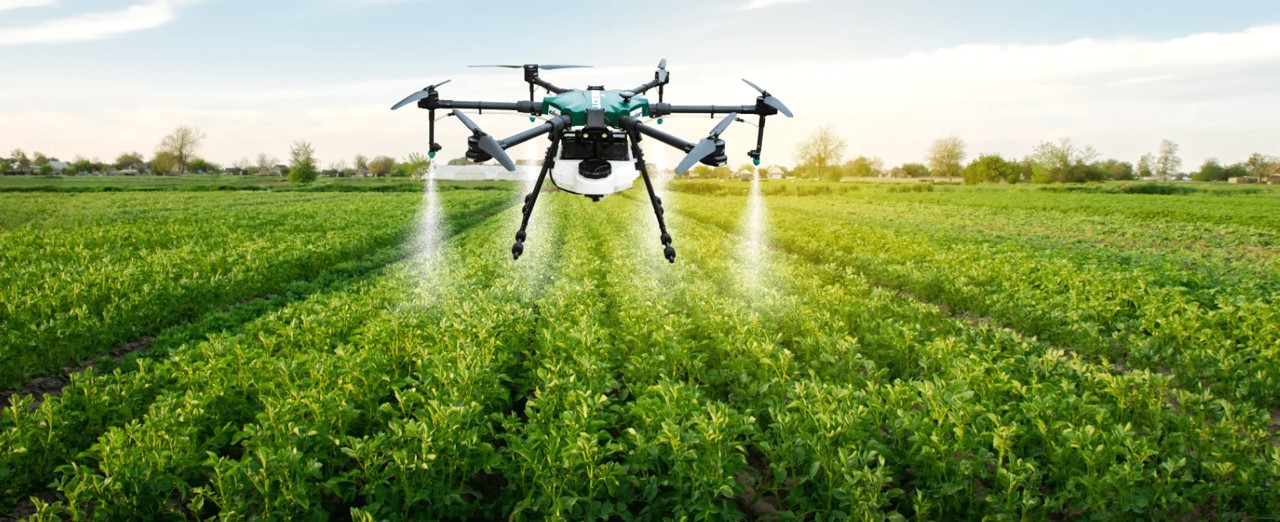
Drones in farming have become an indispensable tool for modern farmers. They are used for a variety of tasks, including crop monitoring, spraying pesticides, and mapping fields. Drones provide a bird’s-eye view of the farm, allowing farmers to identify problems that may not be visible from the ground. This not only saves time but also reduces the need for manual inspections.
Sustainable Farming with AgriTech
Sustainability is a major focus of Agriculture 4.0, and AgriTech innovations are playing a pivotal role in achieving this goal. By integrating IoT in agriculture, AI-powered farming, and precision agriculture, farmers can adopt practices that are environmentally friendly and economically viable.
Reducing Environmental Impact
Sustainable farming practices aim to reduce the environmental impact of agriculture by minimizing the use of water, fertilizers, and pesticides. Smart irrigation systems, for instance, ensure that crops receive only the necessary amount of water, preventing over-irrigation and conserving resources. Similarly, AI-based crop prediction helps farmers optimize fertilizer usage, reducing runoff and soil contamination.
Enhancing Resource Efficiency
AgriTech solutions such as smart sensors for agriculture and IoT-enabled agricultural machinery enhance resource efficiency by providing real-time data on field conditions. This enables farmers to make informed decisions about resource allocation, ensuring that every input is used effectively.
Promoting Biodiversity
Sustainable farming also involves promoting biodiversity by adopting practices that support ecosystem health. For example, precision agriculture techniques can be used to create buffer zones and wildlife habitats within farms, fostering a balanced and resilient ecosystem.
The Future of Agriculture 4.0
As technology continues to evolve, the potential of Agriculture 4.0 is limitless. Emerging trends such as autonomous tractors, wireless farming networks, and AI-powered farming are set to redefine the agricultural landscape. These advancements will not only improve productivity and efficiency but also address global challenges such as food security and climate change.
Autonomous Tractors
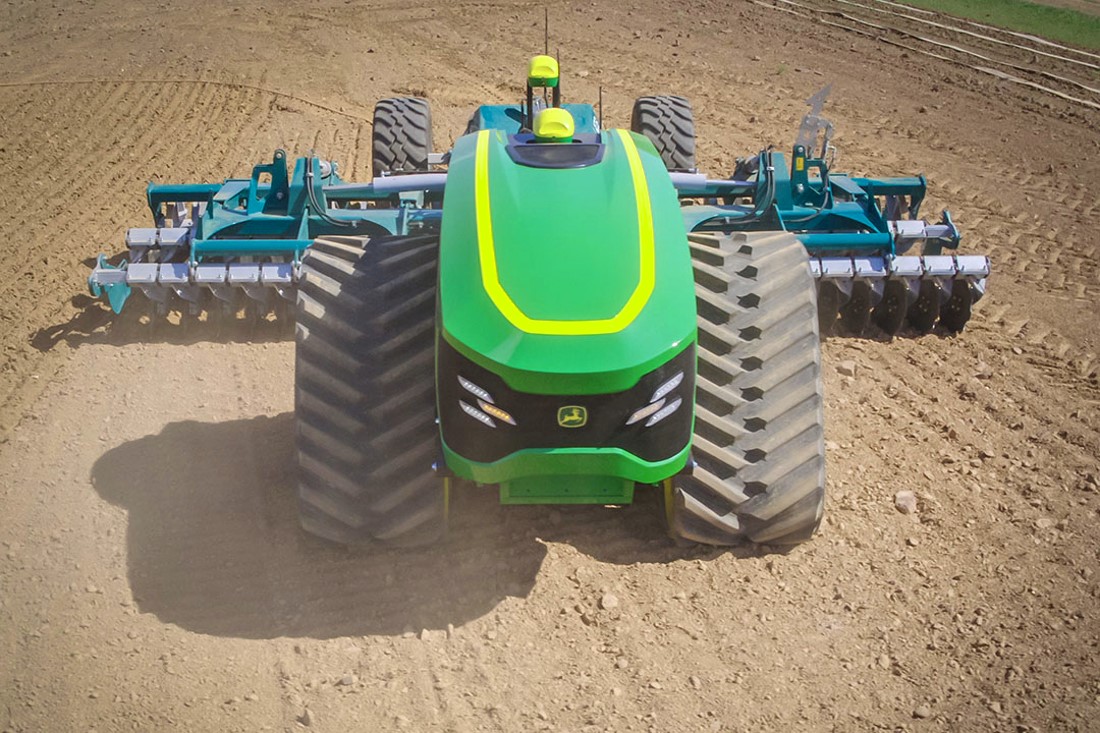
Autonomous tractors are a prime example of how technology is transforming farming. These self-driving machines can perform tasks such as plowing, planting, and harvesting with minimal human intervention. By reducing the reliance on manual labor, autonomous tractors can help address labor shortages and increase operational efficiency.
Wireless Farming Networks
The development of wireless farming networks is enabling seamless communication between various devices and systems on the farm. This connectivity allows for real-time data sharing and coordination, ensuring that every component of the farming operation works in harmony.
AI-Powered Farming
The integration of AI into farming operations is set to unlock new levels of efficiency and productivity. From AI-based crop prediction to machine learning in agriculture, AI-powered farming systems will continue to evolve, providing farmers with even more sophisticated tools to manage their operations.
Conclusion
Agriculture 4.0, powered by IoT in agriculture and artificial intelligence in farming, is ushering in a new era of smart farming. By embracing technologies such as precision agriculture, smart sensors for agriculture, and drones in farming, farmers can achieve sustainable farming practices that are both productive and environmentally friendly. As the world faces increasing challenges related to food security and climate change, the innovations of Agriculture 4.0 offer a promising path forward. By adopting AgriTech solutions and leveraging data-driven farming, the agricultural sector can continue to thrive in the digital age.
The future of farming is here, and it is smarter, more efficient, and more sustainable than ever before. With Agriculture 4.0, the possibilities are endless, and the benefits are profound.



